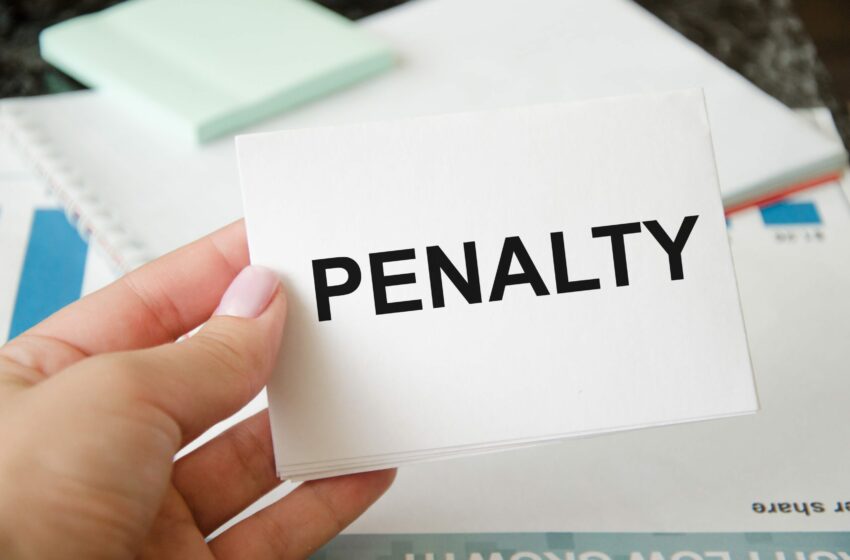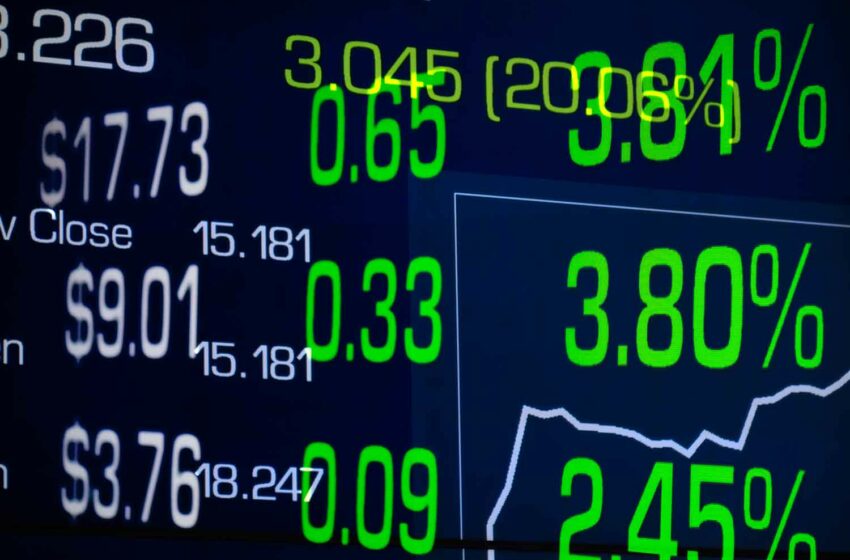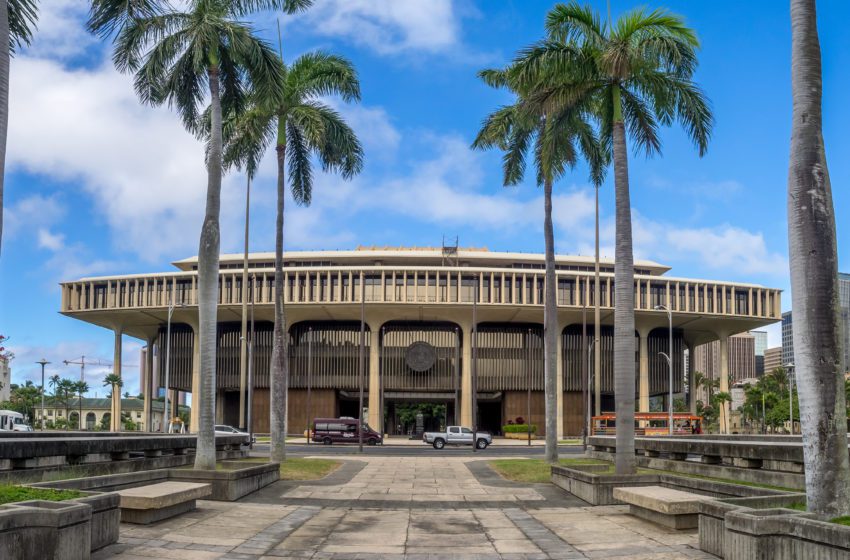Regulations are here to stay. Paul Marshall says the industry should work with, rather than against, authorities to ensure the best possible outcome for everybody.
By Maria Verven

Paul Marshall, chair of the British Standards Institution’s committee on electronic cigarettes and e-liquids, former pharmaceutical assessor at the Medicines and Healthcare products Regulatory Agency (MHRA), registered U.K. pharmacist and member of the Royal Pharmaceutical Society, and an experienced regulatory specialist, was an integral part of the team responsible for developing the U.K.’s regulations and licensing of e-cigarettes and nicotine-related products.
As a senior pharmaceutical assessor with the MHRA team charged with licensing central nervous system and nicotine-related products, Marshall has helped dozens of companies develop products and secure regulatory approval in the U.K. and Europe. Before joining the MHRA, he also worked in the pharmaceutical industry for six years, developing over-the-counter products for Europe, Australia, New Zealand and Southeast Asia.
In late 2016, Marshall joined Nerudia as regulatory principal to offer customers his broad knowledge of regulatory strategy, chemistry, manufacturing and controls. He is currently working with e-cigarette and e-liquid companies on their Tobacco Products Directive (TPD) notifications and U.S. Food and Drug Administration (FDA) premarket tobacco product applications (PMTA), as well as medicinal product applications.
Vapor Voice asked Marshall about his views on the current state of the industry.
What have been your proudest achievements to date?
As a civil servant for the U.K. government for 11 years, I helped regulate medicinal products, ensuring they were effective and safe and enabling patients in the U.K. and 27 European countries to access life-saving medicines.
By the time I left the MHRA, I had assessed over 400 marketing authorization applications and over 1,000 product variations. These applications included the first true e-cigarette licensed as a medicine, called e-Voke, in the U.K. I also helped develop U.K. guidance and policy for licensing medicinal products containing nicotine.
Why did you decide to join Nerudia?
Nerudia is quickly growing due to their expertise helping companies innovate, develop and manufacture their nicotine delivery systems, e-cigarettes and liquids, and register their products through either consumer or medicinal regulatory systems.
E-cigarettes and other nicotine delivery systems have a massive potential to improve people’s health and well-being. It’s a fast-paced and exciting environment, and Nerudia brings a fresh approach to all of the challenges faced by the e-cigarette industry.
What are your primary responsibilities and goals?
While my title is regulatory principal, my role is not limited to just regulatory matters. I will draw from all my experience as a medical professional and regulator to advise and support Nerudia’s clients with their product development and regulatory strategies.
I also use my experience to provide leadership for an industry that’s relatively young and still developing. Earlier this year, I delivered presentations on the MHRA and European regulatory process for medicinal e-cigarettes in the U.S., and I also spoke to audiences about product lifecycle stability testing in the U.K. and Europe.
I am currently writing and publishing two book chapters on stability testing and am also helping develop European and ISO standards for e-cigarettes and e-liquids, including creating a reference atomizer for testing e-liquids and defining acceptance limits for consistent nicotine delivery.
What direction do you see the e-cigarette industry going in?
The industry is still young, and there is great hope in the medical community that e-cigarettes provide a safer alternative to tobacco. However, we mustn’t forget some people use them recreationally to get a hit of nicotine.
The boundaries are blurred, and I can see the industry evolving into a clearer delineation between companies that offer recreational products and those that offer products geared toward medical benefits.
For both sectors, regulation and standards will be a fact of life. The proverbial genie is out of the bottle, and it will be impossible to put back in. The industry needs to embrace and work with, rather than against, the authorities to help them understand e-cigarettes and e-liquids, influence regulations, and ultimately help benefit people using their products.
Do you think the Cole-Bishop amendment will eventually pass? If so, how will it affect the PMTA process?
It’s very difficult to predict whether the amendment will pass or if it will be amended or ultimately rejected. You have a new president with a mandate to shake things up with the old order, and what influence this will have is difficult to predict. Aside from that, it’s a bipartisan amendment; voting may not go along party lines, which introduces another degree of uncertainty.
With this in mind, it would be wise for companies to plan strategies for both scenarios: the possibility of using more modern e-cigarettes as predicate products in substantial equivalence applications if the grandfather date is brought forward, but also planning to use the PMTA process.
Work on a PMTA will still be relevant and not a wasted effort because the e-cigarette industry will rapidly innovate and develop new and better products and will not be bound by or limited to predicate products, even if these are relatively modern.
What are the major differences between how Europe and the U.S. are handling e-cigarette regulations? Why do you think these differences exist?
The U.S. is treating e-cigarettes as tobacco products and is requiring active oversight of the safety and quality of the product prior to marketing.
The FDA has used its rule-making procedures to promulgate a “one size fits all” regulation for all products derived from tobacco, including e-cigarettes and e-liquids that use nicotine, but also cigarettes, cigarette tobacco, smokeless tobacco, roll-your-own tobacco, cigars and pipe tobacco.
E-cigarettes and e-liquids have the option of submitting applications under substantial equivalence, modified-risk tobacco product (MRTP) or a PMTA. The MRTP route allows companies to make modified risk claims on their products as long as it’s supported by data. Regardless of the submission route, the FDA will conduct an assessment of each application.
In contrast, Europe has treated e-cigarettes and e-liquids as separate entities from tobacco products, introducing a proportionate risk-based regulatory system.
There are two regulatory pathways in Europe—the Tobacco Products Directive for consumer products and Directive 2001/83/EC for products making a medicinal claim. While the TPD is primarily aimed at tobacco products, legislators did include a separate section and notification scheme for e-cigarettes focused on safety and quality.
The notification scheme typically does not involve an assessment of the data, only logging it for future review if ever required. Medicinal applications throw in additional requirements to demonstrate the product is efficacious—that is, they work in a clinical setting. European medicinal applications are assessed much in the same way as U.S. medicinal products.
While regulators from different jurisdictions around the world exchange opinions, ideas and best practices, there are major disparities in the way countries regulate products, likely due to how they handle public pressures and risks as well as differences in history, culture, politics, market forces and other influences.
What should e-cigarette and e-liquid companies focus on during 2017?
Companies need to focus on developing a strategy to continue marketing and selling their products, regardless of whether the Cole-Bishop amendment succeeds or not. Regulation of e-cigarettes and e-liquids will not go away. So if companies want to continue selling their products in 2018, they will need to register them with the FDA.
Smaller companies have significant challenges meeting the new regulations and dealing with regulatory authorities. In contrast, tobacco companies are more accustomed to regulations and standards; their challenge is keeping pace with the breathtaking speed of innovation and development exhibited by smaller companies.
Of course, the authorities also face challenges in making sure the regulations and standards reflect the wide variety of types and functionalities of products on the market.
Naturally, Nerudia is well-placed to provide the necessary expertise and know-how to help—support and advise—companies gain approval for their nicotine-related products, whether they’re traditional tobacco, e-liquid or pharmaceutical products. We bring a unique blend of experience that bridges the many gaps companies have in innovating, developing, manufacturing and testing their products.
In fact, we submitted over 1,000 TPD notifications for our clients by last November’s deadline, and we continue to submit new notifications and amendments to existing ones.
We are currently working with several companies in the U.K., U.S. and EU on innovation and development, manufacturing, analytical testing and characterization toxicology evaluations using our V-Tox database, and regulatory compliance and strategy.
How many e-cigarette/e-liquid companies do you think will ultimately complete a PMTA?
The short answer is that the regulations will very likely greatly reduce the number of players in the market.
But a lot depends on whether the Cole-Bishop amendment passes. It depends on whether the company’s forecasted sales and profit outweighs the additional work and cost required to complete the regulatory submissions, either substantial equivalence or PMTAs. It depends on whether they have the resources to cover the regulatory costs. And it depends on their level of technical know-how in generating the data, navigating the regulations and dealing with the FDA.
Both sectors—Big Tobacco and privately held companies—have strengths and weakness.
Established tobacco companies hold a clear advantage over privately held companies in dealing with the regulatory environment. They are very accustomed to regulations, standards, testing and toxicology requirements and already have the know-how and technical expertise in regulation, quality standards, analytical testing and toxicological evaluations.
Newer, privately held e-cigarette and e-liquid companies are much less experienced in this aspect. However, these companies are more adept at innovating and developing new and exciting products.
At any rate, I think it’s important that the regulatory requirements are proportionate and provide a level playing field while balancing the need for quality and safety.
Coming from the medical industry, what do you think are the parallels between the medical and the e-cigarette industry? Where do they converge? What are the differences?
Both industries are similar, and there’s a good degree of overlap. The pharmaceutical industry has a spectrum of products from ethical pharmaceuticals that are prescribed by physicians, to borderline products such as vitamins and minerals, to over-the-counter consumer products.
There are lots of parallels between the e-cigarette industry and the pharmaceutical industry; both industries attract smart entrepreneurs that innovate and develop products that benefit the public.
The stark difference is that the medical/pharmaceutical industry has been highly regulated for quite some time, while the e-cigarette industry has little experience with this.
Unfortunately, regulation will not go away, and the e-cigarette industry has to embrace this fact and get quickly up to speed.











